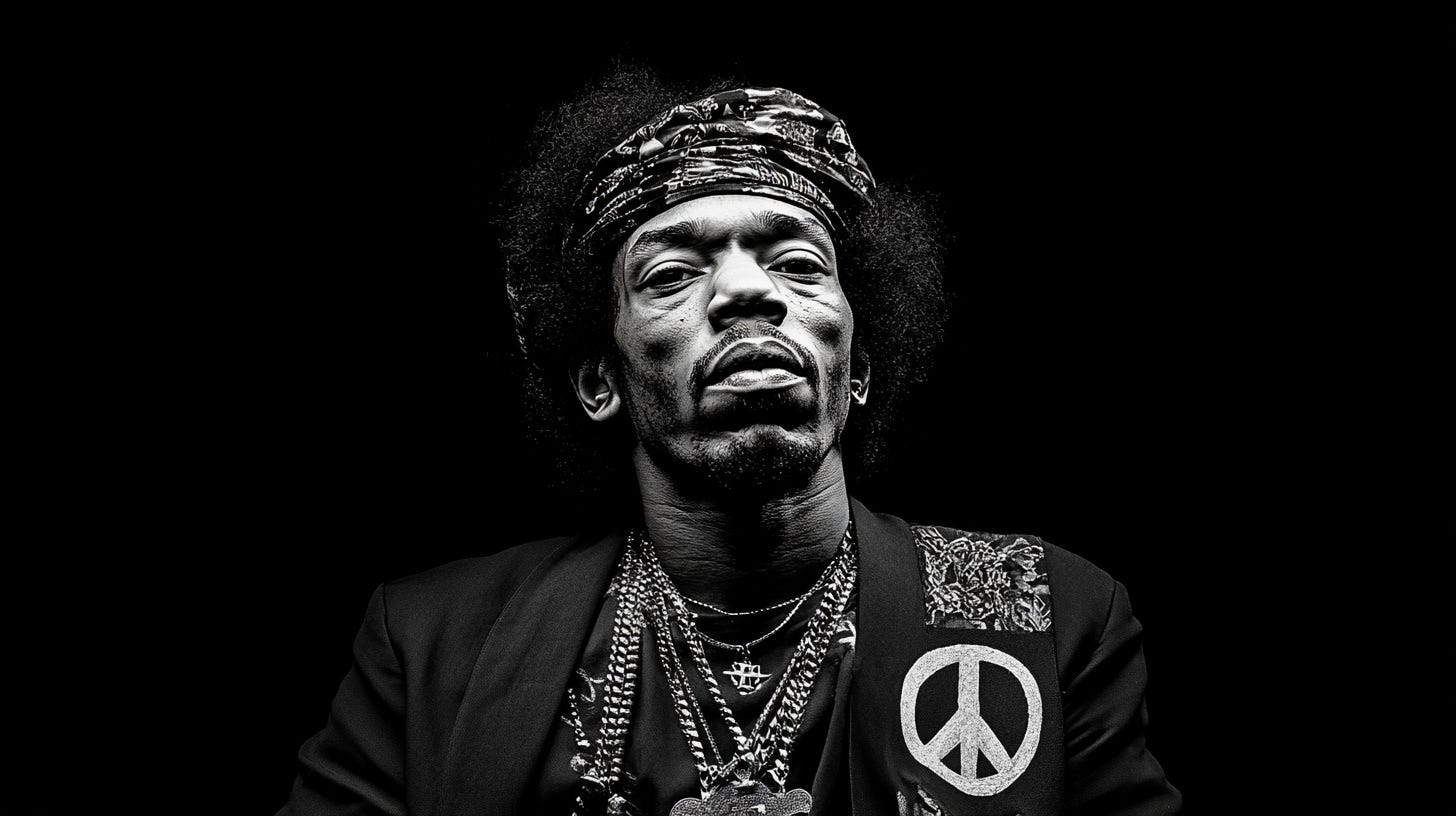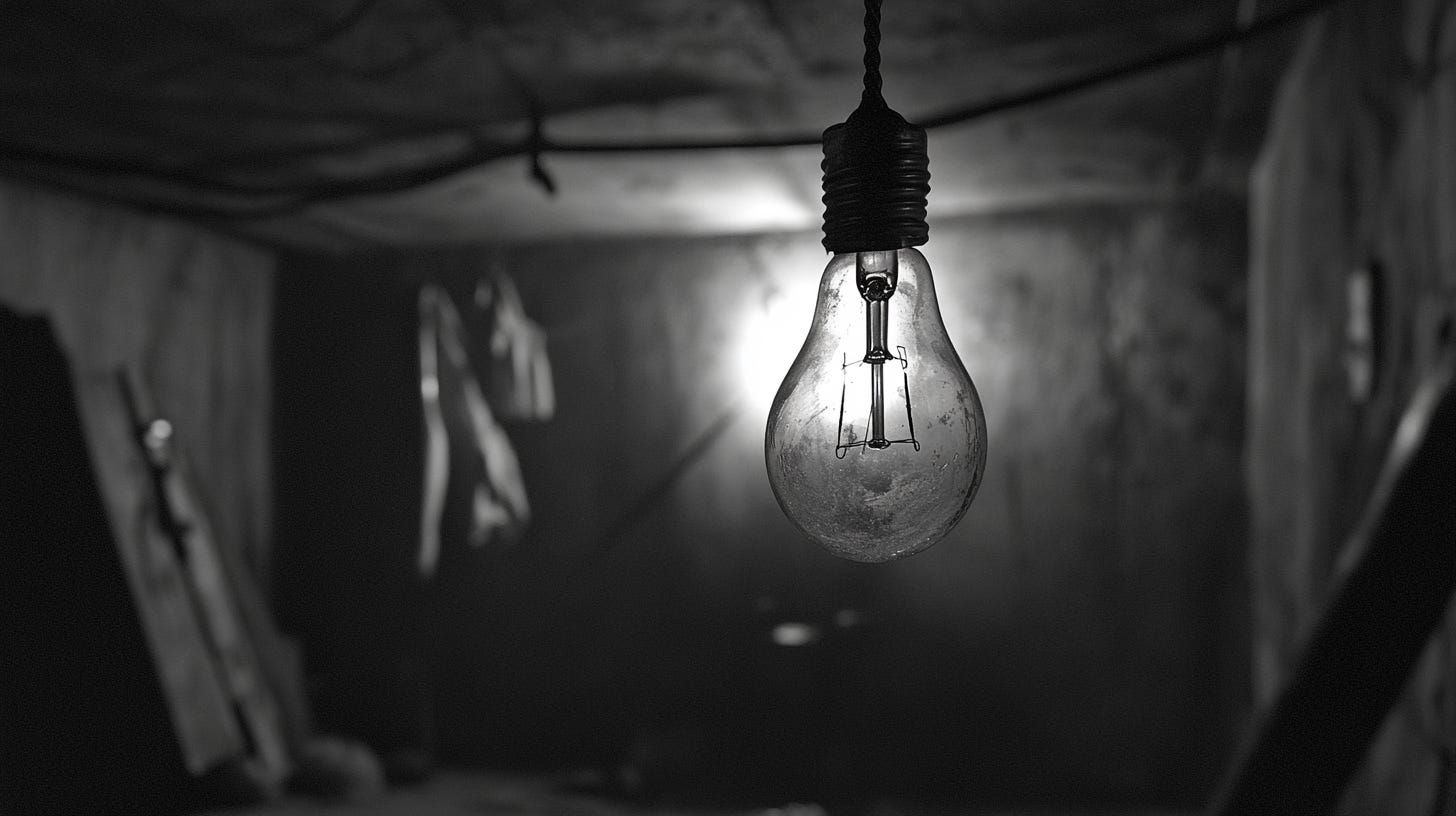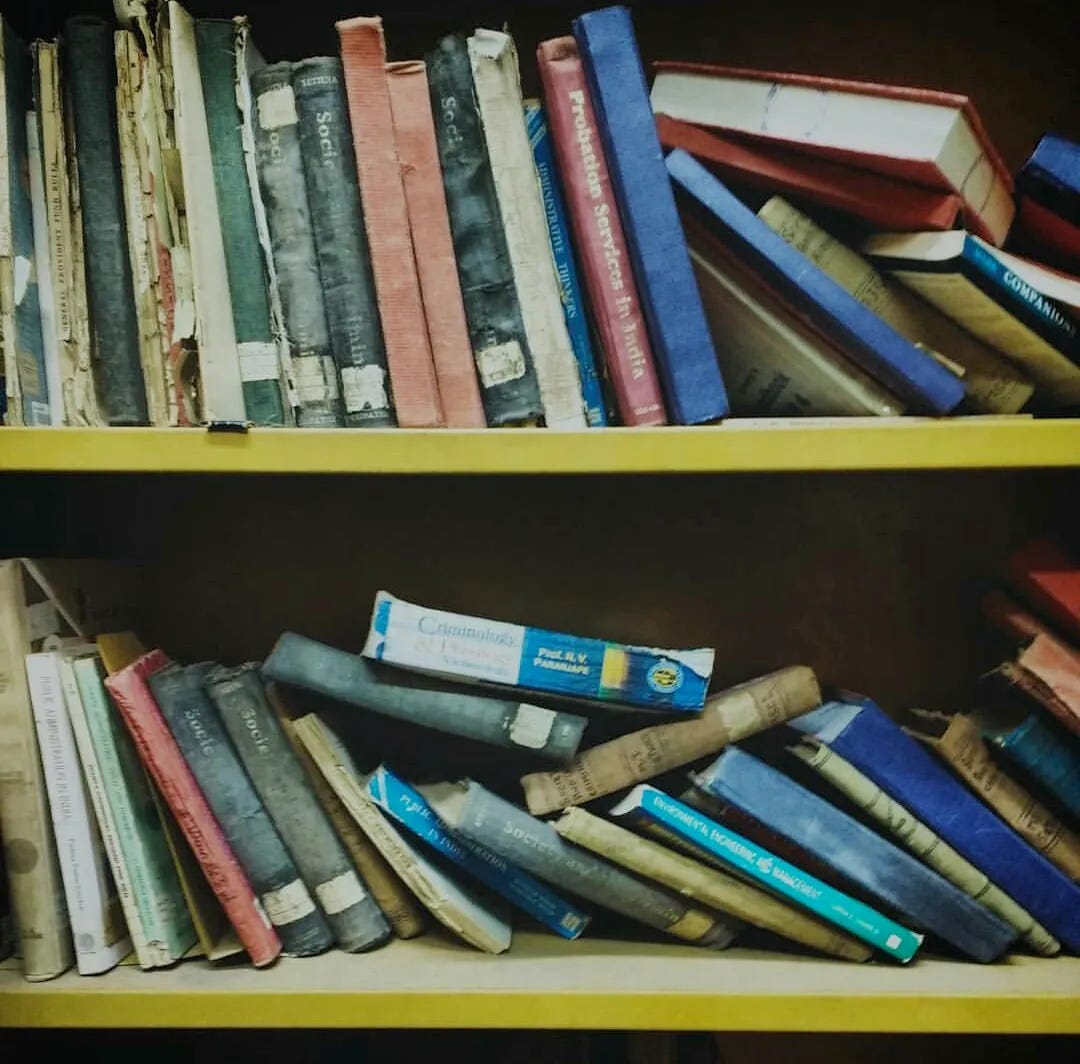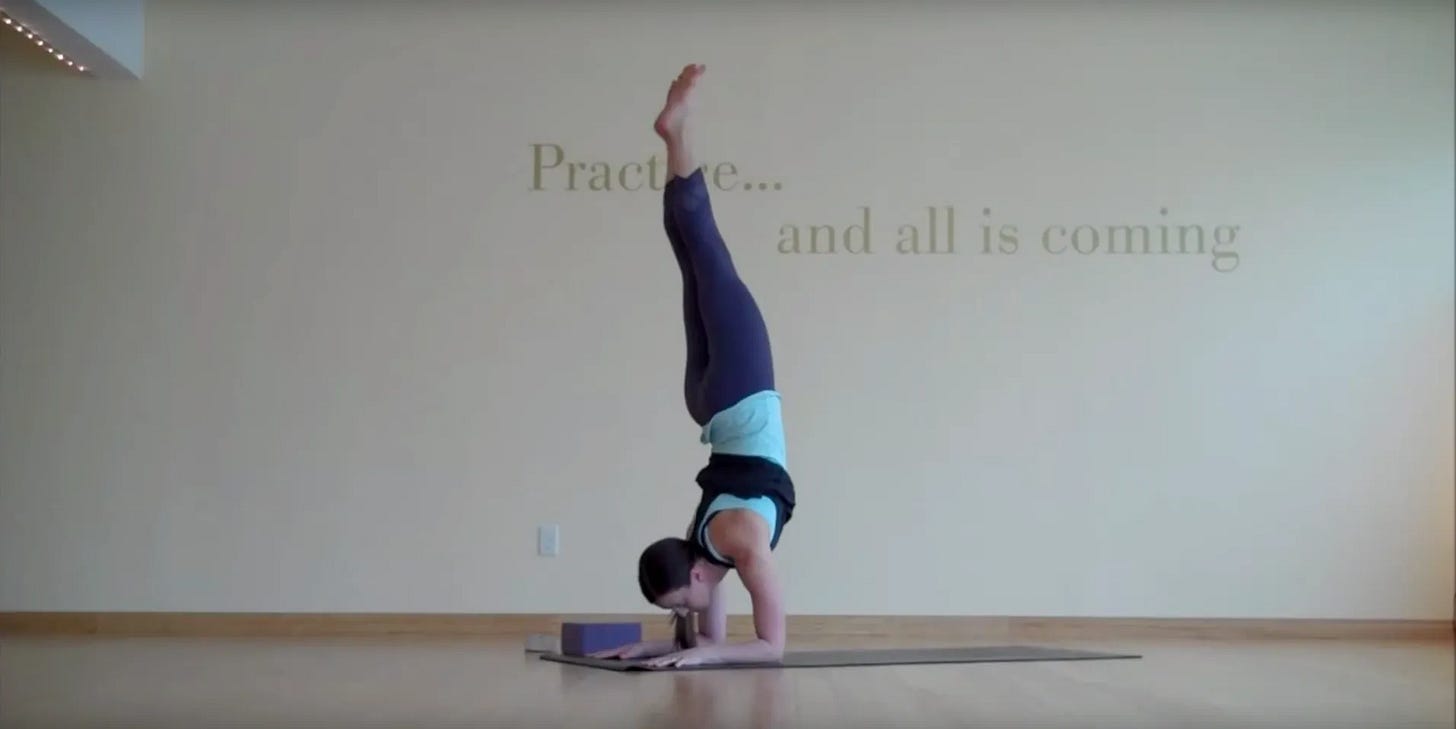I see your Empathy, and raise you Self-Awareness
If you want to create a world of kindness and understanding, start by understanding yourself.
A yoga practice is an ideal context for discussing empathy.
Yoga provides us with a direct and accessible pathway for cultivating, in ourselves, the quality from which a true and sustainable form of empathy can arise: self-awareness.
Right now we are living in an era of excessive externalization.
From t-shirts with slogans, to the Facebook status, to tattoos becoming something every other suburban mom now has — signs are everywhere of our collective emphasis on putting pretty much whatever is in our heads out into the world for everyone to see (no matter how well or poorly thought through).
We probably have the hippies to thank for that, in one way or another.
The self-expression movements whipped up in the 60s and 70s were, of course, pretty radical in their time. By breaking the grip of the “squares” on culture and public discourse, they helped articulate a new degree of freedom for the human spirit to breathe, stretch around, morph, transform, and ultimately defy the boundaries/limitations imposed upon it by the worn out old-guard hierarchies and philosophies that had governed society for centuries.
Peace and love, man. And Jimi Hendrix. Hard to be mad at that.
“Getting outside of yourself” — whether by talking to someone from a different culture, hugging a tree for an hour til you feel its heartbeat, or dropping a tiny little tab of LSD (maybe all at the same time? 😉) — definitely seems to be a good thing in terms of our ability to relate more lovingly to our world…but…
That new understanding is only as useful as the degree to which it can be integrated into our being.
And by being, I mean our be-ing.
The be-ing is the continuous stream of the “isness” in us that shows up in the world, like a hot spring bubbling up from the earth. Our intellect is just one part of this manifestation. I know for myself, I often fall into thinking of it as the whole stream. Like, “ok, I started thinking about empathy now in my head, so I’m more empathetic now”.
Sure, the idea of it is present in one aspect of the way I’m showing up in the world, but what about the others? A person can (and I think we see this often, actually) put great effort into their charity work, but be utterly neglectful of themselves. They put so much of themself out into the world to try and walk with others in their pain, but their body must be cared for if they wish to continue walking, right?
I’ve heard the maxim:
Put your own oxygen mask on first, before you try to help another with theirs.
This requires an understanding of your own needs that precedes your ability to perceive another’s.
Our habit of externalization inverts this alignment, and in terms of our ability to be kind, loving, and compassionate, I think it sets us up for failure (in the long run).
Integrate first, then share.
I would argue that generally we avoid that work of integration because we have so much fun with the expansion part of growth. Hiking up a mountain or traveling to Europe is enjoyable and exciting, coming back down or returning home, not so much.
I would further argue — and this is the key part of this reflection — that even if we do try to “integrate” the new perspectives or ideas we find from our outward movement in the world, most of us have no space inside to actually keep those new things. Generally, the shelves of our inner worlds are cluttered, disorganized, dusty, and utterly unknown (and therefore, un-useful) to us.
Oftentimes, the little chain-pull lightbulb on the cellar ceiling burnt out long-long ago, so the only clear view we get of the state of things down there is that little rectangle of light that opens up when we occasionally crack open the door to hurl one of our newly gathered souvenirs onto the pile of other banal symbols of experiences lived, but forgotten.
Just looking at my own (actual) home I see the same pattern playing out. If someone comes to visit, I hurriedly organize all the kitchen appliances, fluff the pillows, and shove the clothes normally strewn all over the place into the deep dark recesses of the place of no return — the closet. Anyone viewing from the outside would say: “Jack has a nice place, very neat and organized”. But when the day comes I need to find that specific t-shirt-with-a-slogan-on-it, I’m screwed. It’s a state that’s easy to ignore, until it’s not.
This is the area yoga invites us to work on every time we step onto the mat.
Know what’s on those shelves.
Yoga provides us a brilliant way to interrupt that typical pattern of externalization, and begin to examine the things that are actually present in our current experience (which ultimately arise as a result of the things we’ve stored down in the basement, whether we are aware of it or not).
Each asana is like a mirror angled a little differently, providing a certain set of potential perspectives on your conscious experience, depending on how we choose to look.
If you lift your hands overhead for crescent warrior and notice that your shoulders are shrugged way up by your ears, you create the opportunity to examine why that occurred.
Following the 5 Koshas (the 5 ”sheaths” of our being, each described as a layer of our “body” in yoga, ranging from most obvious to most subtle)
Annamaya (Physical): are my shoulders hunched because my lats and obliques are tight?
Pranamaya (Energy): am I just energetically jacked up from the Metallica I’m hearing and reaching too hard?
Manomaya (Mental): am I straining and reaching higher because I want to look better in the pose to impress the girl behind me?
Vijnanamaya (Intellect): did I misunderstand the cues because I was preoccupied thinking about some other thing?
Anandamaya (Spiritual/Bliss): do I shrug my shoulders because I feel that I’m carrying an invisible weight around?
Repeating this examination over and over, and repeatedly resetting our perception to begin again (chaturanga dandasana — traditionally considered the energetic “reset” of a yoga practice) helps us gradually hone in on the root causes of whatever misalignments arise during a flow.
This gradual aggregation of comprehension by associating the relationship of cause and effect in our bodies culminates in the ability to quickly unravel the connection between {what surfaces} and {where it comes from}.
It’s easy to ignore the way you actually feel when you send your attention outwards all the time. When people list the things they want in a meaningful career, usually the list goes something like this:
Financially secure
Love the work
Helps others
That “helps others” bit that has always made me a little suspicious. Maybe I’m just a total cynic, but I think we are simply taught that being of service to humanity is meaning-full and that seeking positions which make us the vessel of such service is a good roadmap to self-fulfillment. But we are still implicitly assuming that self-fulfillment lies somewhere outside of ourselves — that it can be encountered along the way towards a virtuous and ethical life.
Yet another externalization.
Yoga shows us that the way to self-fulfillment is always encountered in the here and now.
We may make grand plans for our lives, crafting visions of sitting poolside in Aruba sipping margaritas while our software company makes millions every second, and our foundation saves starving children (or more realistically, being able to buy a freaking house in California, ever 😅) but if there is no connection between those things and the space we now occupy, they are nothing more than illusions to occupy the mind—and ultimately are distracting it from the things we might actually be doing in order to achieve them.
Seeing yourself in a glorious forearm stand?
Ok, take dolphin pose first. Are your shoulders shaking? There lies your weakness. Strengthen them by holding low plank and doing down dog pushups. Got strong shoulders now, but still can’t keep your legs above your hips? Loosen your hamstrings, strengthen your core, sharpen your focus.
Practicing sending love to the world? Working on having empathy for the many people suffering out there, but finding yourself cursing and threatening the very life of the mtherfcker who cut you off on highway 5 driving home from yoga?
Keep practicing.
What’s surfacing? Anger.
Where’s it coming from? That stupid idiot who has no regard for anyone but themself.
Try again.
What’s surfacing? Anger.
Where’s it coming from? I’m fed up with people acting like I don’t exist.
Getting closer. Take a chaturanga/reset. Try again. Breathe.
What’s surfacing? Anger.
Where’s it coming from? I don’t feel valued by the world and when someone cuts me off it makes me feel small.
There we go, now we’re getting somewhere.
That’s not to say that we are always figuring this stuff out during a vinyasa flow. But we are definitely practicing the process of examining the way we are showing up in the world.
And it’s from that process that we derive self-awareness.
In Light on Life, B.K.S Iyengar uses a lake metaphor to explain samskaras (energtic patterns/habits). He describes how samskaras are like piles of sand forming bumps on the bottom of a lake. The currents in the water at the bottom hit the bumps, creating waves and disturbances on the surface. He states that as we practice yoga, we can clear the samskaras. We flatten the piles of sand, one by one, minimizing the disturbances at the surface. The goal is to create a being that shows up like a smooth, glassy, perfectly reflective laketop.
In our world of externalization, we pursue that glassy surface by waving our hands across the top of the water over and over, smoothing out the ripples temporarily only to let them arise again, and create new ones by our vain efforts. But yoga challenges us to address the root causes of disturbances.
To dive deep to the bottommost layers of our selves, and do the smoothing there.
So if we want to practice empathy — the ability to be present with others as they suffer; to help alleviate their suffering by our compassionate presence — we must first alleviate our own.
Organize your shelves and know where you have space for newness.
Become one, to create oneness in the world.
Know thyself.
I want to close this reflection with words from one of my favorite writers, an Irishman by the name of David Whyte. This is a poem he wrote.
Start Close In
by David Whyte
Start close in, don't take the second step or the third, start with the first thing close in, the step you don't want to take. Start with the ground you know, the pale ground beneath your feet, your own way of starting the conversation. Start with your own question, give up on other people's questions, don't let them smother something simple. To find another's voice, follow your own voice, wait until that voice becomes a private ear listening to another. Start right now take a small step you can call your own don't follow someone else's heroics, be humble and focused, start close in, don't mistake that other for your own.
You can listen to him explain his inspiration for this poem in this video here, and I do highly recommend it because his voice is so incredibly satisfying to listen to.
If interested further, he provides a longer reading and discourse as premium content in a meditation app I use. This link should provide you free access. If not, message me and I can send you a free month since I’m a premium subscriber. He also has a pretty good Substack :)







